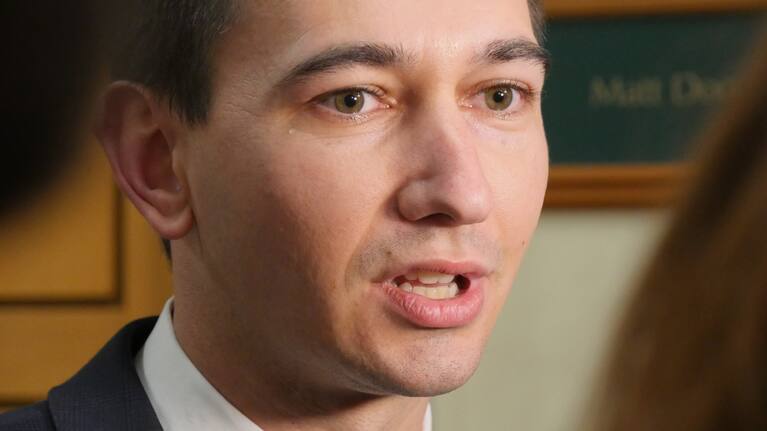The board of Waka Kotahi NZ Transport Agency has put its foot down on a proposed trial for opening lanes for walking and cycling on Auckland's Harbour Bridge.
The agency, in a statement on Friday, said health and safety issues were at the fore of the decision.
“Waka Kotahi is strongly committed to providing a safe network for walking and cycling in the Auckland region, integrated with public transport, to support a shift to active and shared modes with better climate outcomes.
"However, the board cannot support a trial of lane reallocation on the Auckland Harbour Bridge due to the significant health and safety issues associated with walking and cycling on the bridge structure at this time,” says Waka Kotahi board chair Sir Brian Roche.
His comments follow a proposal from Bike Auckland which last year called on NZTA to enable the trial while progressing a more permanent walking and cycling link over the harbour corridor.
Bike Auckland’s Liberate the Lane rally closed two Northbound lanes on the bridge last year as a group of cyclists crossed the bridge in a bid to raise awareness of the proposal.
Previous plans for non-motorised transport to the North Shore include SkyPath and a separate walk and cycle bridge.
Roche says Waka Kotahi is focused on planning and delivering a range of projects in Auckland which include walking and cycling in order to encourage more people to use active transport.
"Waka Kotahi continues to work with partners Auckland Council and Auckland Transport on developing a walking and cycling network across the city that is accessible, safe and appealing for Aucklanders. This includes the recently opened second stage of the Glen Innes to Tamaki Drive Shared Path to the East, the Southern Pathway running between Takanini and Papakura, the Northern Corridor and the soon to opened Ngā Hau Māngere (Old Mangere Bridge) to the South.
Waka Kotahi will also continue with planning for opportunities to allow Aucklanders to walk or cycle over the bridge in a safely controlled environment as part of a series of single day walking and cycling festivities this summer.
“The board has considered lane reallocation on the Auckland Harbour Bridge on a number of occasions, and it is clear that the risks for people walking and cycling on the structure cannot be mitigated to the level where we can be confident that it is an activity which can be managed safely on a permanent basis, alongside our other considerations of managing the long term resilience of the bridge as a critical transport asset and its key role in the region’s transport network," Roche said.
“The most recent safety assessment, undertaken by Waka Kotahi this year, identified a number of safety risks which would be created by the permanent reallocation of lanes for walking and cycling on the bridge."
“Waka Kotahi has undertaken a detailed analysis of all of the evidence available, and having considered that analysis, the Board has determined that a trial of lane reallocation on a permanent basis would not be appropriate at this time.”
National's Transport spokesperson Simeon Brown told 1News it was the "right decision".

"Common sense has prevailed with the NZTA board deciding not to proceed.
"If NZTA has proceeded with this trial, it would have caused significant congestion for motorists, inefficiency for freight moving through Auckland and disruption for public transport users on the North Shore.
“The lobbyists pushing for removing a lane across the Auckland Harbour Bridge for a cycle lane need to accept this decision and stop treating the Auckland Harbour Bridge as a plaything. It is one of New Zealand’s most critical roading connections and freight routes.
“This on again – off again cycle lane has been a massive distraction for Auckland and has meant that the focus has not been on the bigger issues facing Auckland, such as an additional harbour crossing and congestion which is clogging our roads."
Chair of Bike Auckland Tony Mitchell said he’s disappointed with the decision.
“Bike Auckland strongly believes safety is not an issue in liberating a lane, neither is capacity constraints for motorists," he said.


















SHARE ME